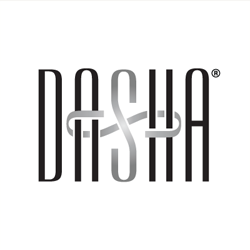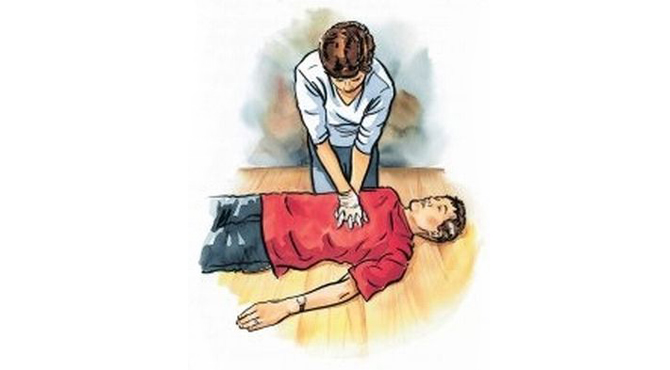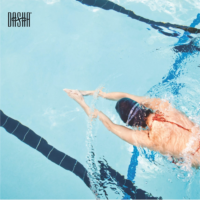Last Friday, December 6th, the DASHA team gathered to take a Cardiopulmonary resuscitation (CPR) certification course before the office opened. For many, the course was a refresher, though for some, it was entirely new, with even the marketing and billing personnel joining the wellness team for the course led by a member of the American Red Cross.
CPR is one of those critical skills that costs little time to learn, and can be a life-saving investment of your time. When a victim is not breathing, is unconscious, or having a heart attack, opening that person’s airway to perform 30 chest compressions that go 2 inches deep (on adults) followed by 2 breaths at a rate of 5 cycles every 2 minutes helps the flow of oxygen to the heart and brain, which can prevent permanent damage or death in an emergency. CPR should be continued until the victim begins breathing again, an AED (Automated External Defibrillator) is ready to use, an EMS or other trained responder arrives on the scene to continue, or until you are too tired or the environment becomes unsafe. If someone else is present and is not also hurt, you should designate that person to call 911 for help and to report back when they are on their way, even standing outside to flag the emergency vehicle down and direct them to the emergency (while you continue performing CPR), so as to prevent an ambulance from having to circle a busy city block because it bypassed a location.
The American Red Cross instructor also reviewed the signs to watch for in a potential stroke victim. A stroke occurs with a blood clot blocks an artery, and interrupts the flow of blood to the brain.
Be is for Blurred Vision. Sudden blurred vision can be a symptom of a stroke.
F is for Face. If someone suddenly loses muscle control of part of his or her face in the form of facial paralysis or asymmetry, it can be a sign of stroke.
A is for Arms. If someone is unable to raise both arms to the same height at the same time, it can be a sign of stroke.
S is for Speech. If someone is suddenly experiencing slurred speech and is definitely not intoxicated, it can also be a sign of stroke.
T is for Time. The recovery success rate for a stroke victim becomes significantly higher if you recognize any of these symptoms and get the victim to a hospital in less than 3 hours.
Stroke is the fourth leading cause of death in the U.S. and the leading cause of adult disability. Up to 80% of strokes can be prevented, so BE FAST if someone you know starts exhibiting any of these signs.
Visit the American Red Cross at www.redcross.org to learn how you can sign up for a CPR certification course in your area or hire a trainer to come to your corporation to run the training and certification.
DASHA wellness & spa is a luxury lifestyle brand and New York City-based wellness center created to offer a truly holistic approach to wellness. To learn more, visit dashawellness.com.






